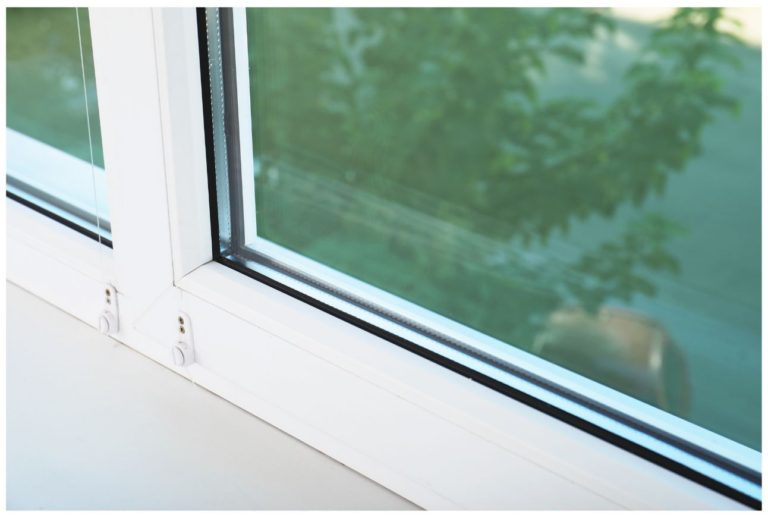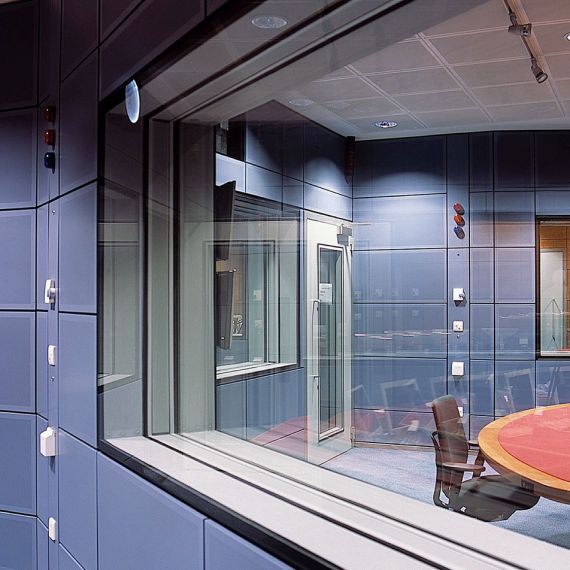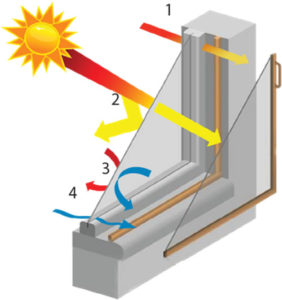We have already covered two important parts of window soundproofing elements in our previous blogs: Soundproof materials (read it here) and all-round tight seals (read it here).
The last, and certainly not the least important element of soundproof windows is the air gap, which we will dive into today.

In a double-glazed window the air gap is the space between the two panes of glass in the window frame, and in terms of secondary glazing, such as Magnetite Noise Shields, the air gap is the space between the existing window and the acrylic panel.
Let’s first look at how air gaps work:
Soundwaves travel through air by vibrating the air molecules and depending on the frequency of the sound it is either absorbed or reflected by the window, or it goes straight through it. An interesting fact is that sound waves cannot flow well through still air as it needs the moving air molecules to enable it to travel.
So, when we add a sealed air gap between the source of the noise and your eardrum the sound is lessened as it has trouble passing through the non-moving air. The sound is reduced, not completely gone, as it will still find ways around, under and through other materials in the nearby vicinity in which to travel.

When installing double glazing, the distance between the two sheets of glass or acrylic is essential when it comes to the performance. The rule of thumb is the bigger the gap the better. Every 25mm distance make a noticeable difference. When we look at normal double glazing available in Singapore, we immediately spot the problem – the spacer is usually only 6mm – 20mm wide depending on supplier and system. This type of airgap works well for thermal efficiency but is not enough to make a significant difference in soundproofing. If the gap is small, the type of glass becomes much more important and it will make more sense to go with laminated or acoustic glass than double glazing.
However, if you can get an airgap of 80-100mm, it will increase the performance of the double glazing significantly! If you have ever seen a picture of a window in a recording studio you might have noticed they have a big gap between the two sheets of glass, something difficult to achieve for a normal house or apartment. Imagine how thick your window would need to be.

Installing an extra internal glazing layer, like the Magnetite Noise Shields, can achieve much better results, as it is installed on the room side of your existing widow and can use the width of your window frame as additional air gap. Secondary add-on glazing panels have often more room to work with and an airgap of 80-100mm is achievable.

In conclusion, a good, soundproof window needs all 3 of the most important elements to work together to achieve acoustic results. If the window is made of inferior soundproof materials, or if there are no all-round tight seals, then the air gap in the window will make little difference to the noise transmission through the window.
We hope this series will assist you in the future on what to look for when choosing an acoustic solution for your windows.
In our next article, we answer the question:
“Should I change my window or add a Magnetite Noise Shield to the existing window?”



